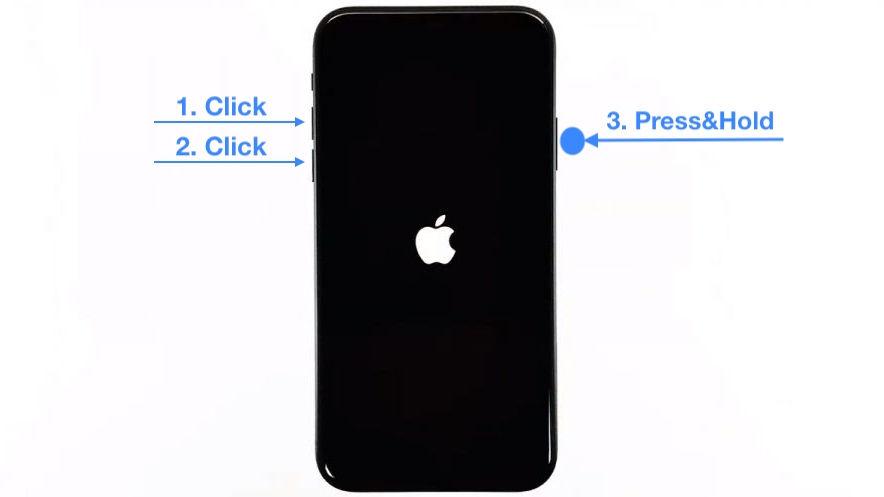

However, like everything to do with optics, there’s a little more nuance to it than that. This phenomenon is called a “ circle of confusion.” It’s most apparent with point light sources, which is why lights and other specular highlights are so visible when they’re out of focus.

When something falls outside the depth of field, instead of being reproduced exactly on the camera sensor, it’s reproduced as a blurry circle. What matters for bokeh isn’t so much that images have out-of-focus areas, but rather, how they’re rendered. The depth of field is affected by the focal length of the lens, the aperture to which the lens is set, the distance the subject is from the camera, and the size of the camera sensor. In an image with a large depth of field, like the photo on the right above, everything is in focus. You’ll notice that even the model’s ears are slightly blurred.

In an image with a shallow depth of field, like the portrait on the left above, only a small part (in this case, just a few millimeters) of the focal plane is in focus. It’s what determines what is in or out of focus in an image. The depth of field is the amount of the focal plane that’s acceptably sharp to the viewer. We’ll get more into bokeh quality later, but for now, let’s talk about depth of field. Of course, an image shot for any style of photography can have bokeh. It’s also associated with macro and sports photography because it can be a side effect of the gear or circumstances. An image in which the out-of-focus areas look good and add to the aesthetic is said to have “good bokeh.”Īn image in which the out-of-focus area distracts or detracts from the aesthetic can be said to have “bad bokeh.” Again, though, because this is subjective, people might disagree on whether a photo has good or bad bokeh.īecause bokeh is only relevant when large portions of an image are out of focus, it’s usually associated with photography in which a shallow depth of field is desired, like portrait or some wildlife photography. Harry Guinnessīokeh is really a subjective quality judgment of the objectively out-of-focus areas of an image. Depth of Field and Bokeh The bokeh is in the background of this portrait. You can check out this video to hear the right (and just about every wrong) way to say bokeh. There’s equal stress on both syllables-it’s not “boke” (rhyming with poke) or “boh-kee.” “Boh-kay” is pretty close as, like every language, Japanese also has regional variations. In 1997, the “h” was added by Photo Techniques editor, Mike Johnston, so the written form more closely resembled the pronunciation. Pronounced “boh-keh,” this term comes from the Japanese word “boke,” which means something close to blur or haze, although it’s a lot more nuanced than that.


 0 kommentar(er)
0 kommentar(er)
